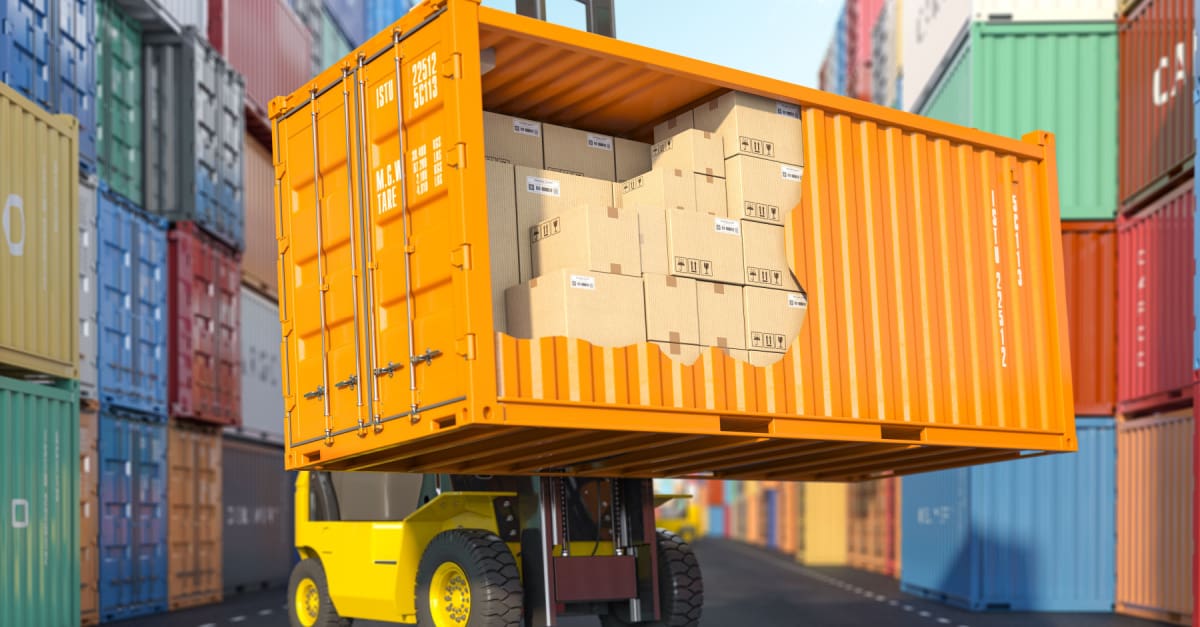Increasing the efficiency of port logistics is a top concern for shipping managers and professionals in logistics. Dock efficiency depends on the balance between imports and drays to move freight to the next location and the visibility to recognize when turnaround time lengthens. The delays around the world have led to a dramatic increase in costs and trouble for drayage service providers. Even more troubling, The Wall Street Journal noted that the increased pressure has continued to grow worse in 2021: “the shipping delays that started building up late last year worsened during a normally slack period in shipping demand early in the year. They have tied up inventories in some cases for weeks at a time as vessels wait to reach berths while offloaded containers sit for long periods at packed freight terminals.” That precipitates a higher risk of demurrage charges, and now, it’s all hands on deck to bring truck turnaround time under control.
What Does Truck Turnaround Mean?
Truck turnaround time is one of the top key performance indicators (KPIs) used to measure the efficiencies within drayage services and port logistics. Starting from gate-in until gate-out, “turnaround” is the total time spent by a truck in the terminal area while picking and/or dropping a container. This metric takes into account the loading, and unloading of containers, inspecting a truck, completing documentation, and leaving the terminal.
Why Truck Turnaround Affects Port Logistics Efficiency
The possible issues that arise due to poor truck turnaround time are easy to visualize when thinking about port logistics. They include:
- Higher port congestion as imports continue and the outbound flow of cargo remains minimal.
- Creation of potential bottlenecks within security checkpoints or inspections.
- Increased logistics costs, including risk for detention time charges due to trucks not moving, as well as per diem charges for keeping containers and equipment away from the dock longer than expected.
- Vessel congestion, resulting in subsequent delays and risk for poor customer satisfaction.
- Increased safety risks due to above-average activity at the dock and the pressure to improve port logistics efficiency.
How to Improve Truck Turnaround Time
In the quest to improve port logistics efficiency, people often begin to cut corners. In any supply chain, not only port logistics, hasty workers will make more mistakes. Those mistakes can lead to increased dissatisfaction among staff members and truckers — or even cost lives. Eventually, the port authority may take action to leverage additional penalties or fines against cargo owners and carriers for extended truck turnaround time. However, supply chain professionals can help reduce this risk by following a few best practices to improve truck turnaround time, including:
- Upgrade your equipment. Aging equipment is more susceptible to breakdowns, which will adversely affect truck turnaround time. Companies must ensure theirs and carrier partners’ fleets are properly maintained and also upgrade equipment to reduce truck turnaround time.
- Leverage automation and technology in transportation procurement. Using automation and technology, including container tracking and tracing capabilities, will help everyone stay informed and conscious of the turnaround time. This includes setting clear expectations for turnaround time and knowing when it may be necessary to outsource.
- Consider outsourcing to handle container surges. Shippers with in-house fleets might be able to handle some freight procurement needs in port logistics, but surges can still happen. They must consider outsourcing to experts to scale drays when necessary.
- Reduce confusion with streamlined administrative processes. This best practice will help reduce confusion with streamlined workflows and processes, such as using digital document management capabilities, offering a sign-on-glass process, using the power of real-time status updates via GPS, and centralizing freight controls with a mobile-ready platform.
- Turn to a drayage company who can offer temporary warehouse storage who also have a transportation brokerage who can procure truckload capacity for inland moves. .
Get the Help You Need to Improve Truck Turnaround Time by Partnering With an Expert
Global trade efficiency comes down to the efficiency of port logistics. Because we offer comprehensive port drayage, transportation and distribution solutions, PortCity is uniquely positioned to minimize the risk of late, damaged, or mis-shipped goods. Freight management professionals need experts that understand the nuances of port activity and how they can apply technology to reduce truck turnaround time. Learn more by starting the conversation with PortCity today.
